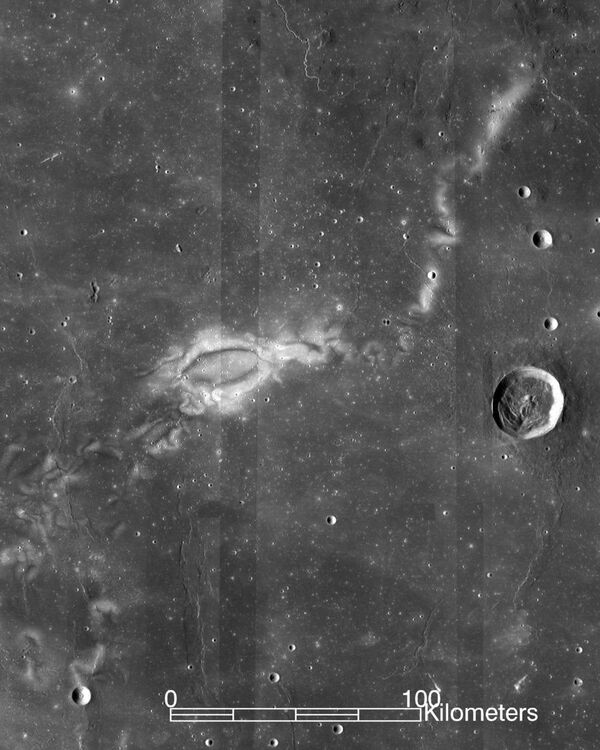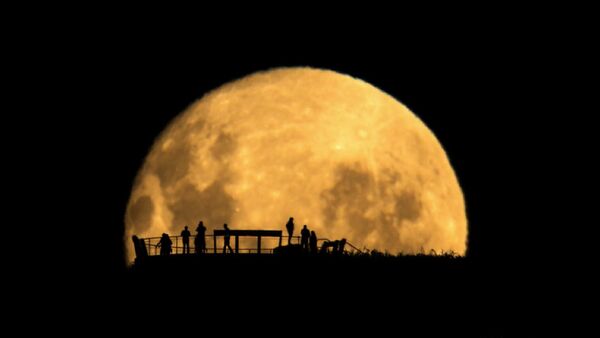According to lunar observations, the swirls appear where ancient bits of magnetic field are embedded in the lunar crust. They also have bright areas which appear to be less weathered than their surroundings.
Researchers have hypothesized that the swirls and the magnetic fields formed from plumes of material ejected by comet impacts, or that micrometeorite impacts propelled fine dust particles upwards, which were then sorted by an existing magnetic field.
A third theory holds that since particles in the solar wind (electrons and ions) are electrically charged, they respond to magnetic forces.

"The problem with the magnetic shield idea is that the embedded magnetic fields on the moon are very weak – about 300 times weaker than Earth's magnetic field," said NASA physicist Bill Farrell.
"It's hard to see how they would have the strength to deflect the solar wind ions."
"Until you have somebody making measurements on the lunar surface we may not get a definitive answer, but the new observations that analyze the swirls in ultraviolet and far-ultraviolet light are consistent with earlier observations that indicate the swirls are less weathered than their surroundings," said John Keller, project scientist for NASA's Lunar Reconnaissance Orbiter Project, a robotic mission to map the moon's surface.



